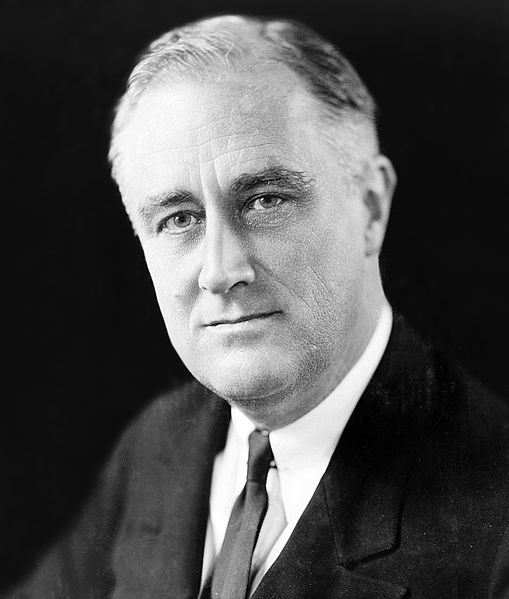
On this day in 1943, President Roosevelt of the United States signed Executive Order 9328, which was implemented in an effort to control wartime inflation. The order froze the prices on anything in the country that could affect the cost of living, which essentially was everything. It also prohibited the increase in wages and did not permit anybody to change their jobs unless in special, extenuating circumstances. Speaking of his decision to implement the order, Roosevelt announced “The order I have signed today is a hold-the-line order.”
The order controlled the Americans to the extent that they were told how much to pay for everything they bought, where they were allowed to work, and how much they should be paid. Despite its controversial nature, the order received little or no challenges from the courts or indeed the American public, arguably because of the larger picture: the threat that the Second World War imposed on their everyday well-being. In the year 1943 alone, the United States spent $100 billion and was desperate to save money. “We must be prepared to tax ourselves more, to spend less and save more.”
The act was seen as a direct response to a United Mine Workers strike, in which they had demanded better pay and better job prospects. It was also seen as a warning to unions that further strikes and protests would not be tolerated, which caused some workers, who were by now fed up, to walk from their jobs. The act did not deter everybody because in 1944 and 1945, there were 9,700 strikes, but despite this the levels of production remained stable and American productivity was sustained throughout the wartime effort.
